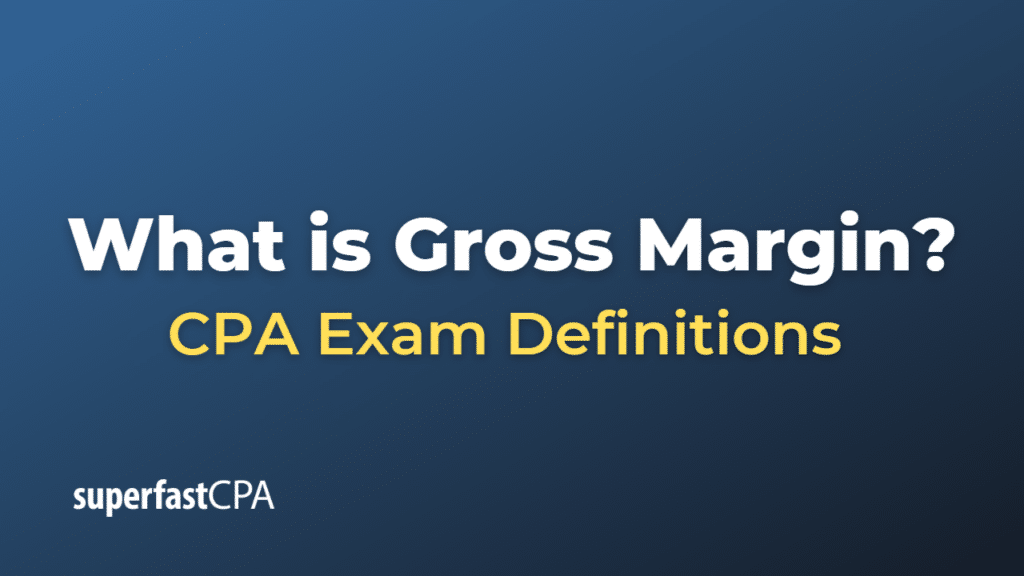Gross Margin
Gross margin, also known as gross profit margin, is a financial metric that indicates the financial health of a company. It represents the proportion of each dollar of revenue that the company retains as gross profit after accounting for the direct costs associated with producing the goods or services sold by a company.
The gross margin is calculated by subtracting the cost of goods sold (COGS) from total revenue and then dividing that number by total revenue. The result is typically expressed as a percentage. Here’s the formula:
\(\text{Gross Margin} = \frac{\text{Revenue} – \text{Cost of Goods Sold}}{\text{Revenue}} \times 100\% \)
The gross margin provides insight into a company’s profitability at a very fundamental level of its operations — how profitably a company can produce a product or service before accounting for other expenses like administration and marketing.
A higher gross margin percentage is typically better, as it means the company retains more money on each dollar of sales to service its other costs and obligations.
However, what constitutes a “good” gross margin can vary greatly by industry. Some industries, like software and digital services, typically have very high gross margins, while others, like retail and manufacturing, might have lower margins. Comparisons are most meaningful within the same industry.
Keep in mind that gross margin only considers the direct costs of production and not other expenses like administration, marketing, or taxes. Net profit margin, on the other hand, accounts for all expenses, not just direct production costs.
Example of Gross Margin
Suppose we have a company named “XYZ Widgets” that manufactures and sells widgets. In the last fiscal year, the company generated total revenue of $1,000,000 from its sales. The cost to manufacture those widgets (also known as the cost of goods sold, or COGS), which includes expenses like raw materials and direct labor costs, was $600,000.
To calculate the gross margin, we first subtract the COGS from the total revenue:
$1,000,000 (Total Revenue) – $600,000 (COGS) = $400,000 (Gross Profit)
Then, we divide the gross profit by the total revenue and multiply by 100% to express it as a percentage:
\(\text{Gross Margin} = \frac{\$400,000}{\$1,000,000} \times 100\% = 40\% \)
So, XYZ Widgets’ gross margin is 40%. This means that for every dollar of revenue it generates, it retains $0.40 after accounting for the direct costs of producing the widgets. This remaining money can be used to pay for other expenses (like rent, utilities, marketing, etc.), pay off debts, reinvest in the business, or return to shareholders as profits.













